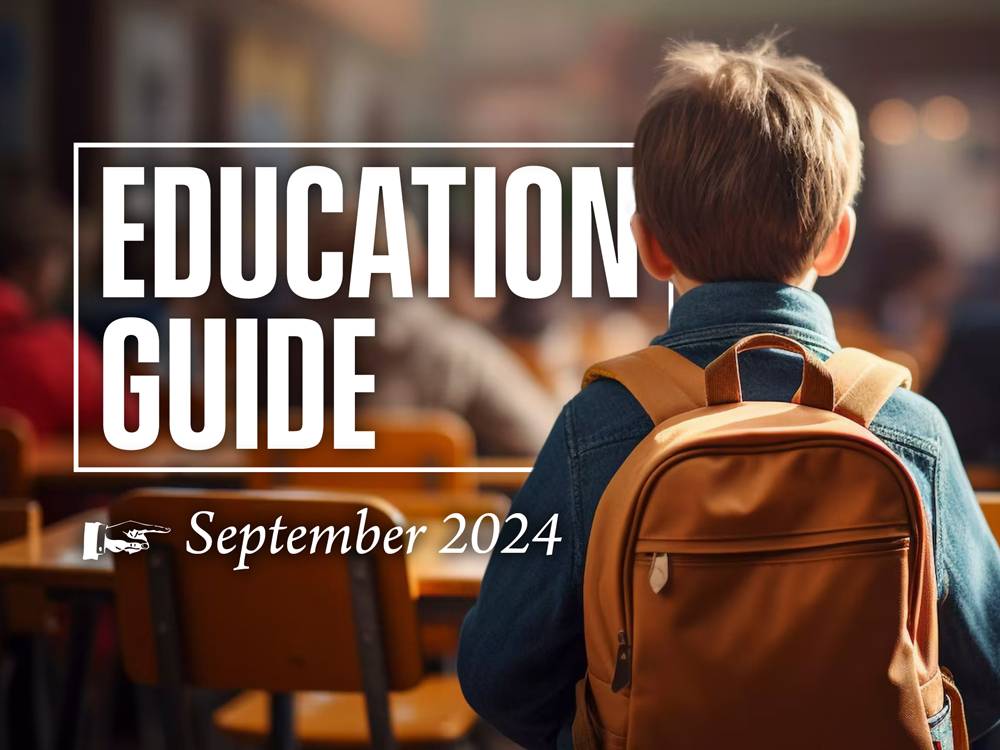Read more articles in our 2024 Education Guide
View the Interactive Education Map
There are many questions to ask when considering which school is right for your child. Headmaster Tom Dawson examines the options to help you make an informed decision
As independent schools face ever increasing challenges; a fall in birth rate, higher cost of living, increase in mortgage rates and now VAT on school fees; the necessity to evolve and adapt has never been greater.
Schools must listen to the needs and desires of parents in order to survive and thrive. They should also, however, be very clear about what they offer and maintain an individuality that provides choice for parents. Some schools, faced with this existential question have chosen to extend down or up, to adapt their boarding model or in the case of a number of independent schools recently, go from single-sex to co-ed. This is a huge shift in policy for some schools with a very long history of educating just boys or girls. These changes have not been made on the spur of the moment but after long consideration of the advantages of both models; so what exactly are they?
Looking at the latest Independent Schools Council (ISC) census, 18% of schools are now single-sex (not including nursery), with more girls being educated in single-sex schools than boys. Interestingly, between years 7 and 10 (ages 11 to 14) 30% of ISC schools have year groups of either all boys or all girls.
Learning styles
Single-sex schools will argue that boys and girls learn in very different ways. This is certainly a generalisation but it does have a strong element of truth in it. This is particularly when the pupils are younger. Girls mature more quickly and approach learning in a more disciplined and determined way than the majority of boys. You only have to look at two pieces of work side by side and more often than not, it will be obvious which was produced by a boy and which by a girl. In order, therefore, to get the most out of the different learning styles, the teaching needs to be adapted to suit. Personalised teaching is a mark of a good independent school and that can be easier in a single sex environment.
It is also true that in single-sex settings, boys and girls can feel more able to be themselves and involve themselves in activities they might otherwise not. Children often feel pressure to conform to traditional gender roles, and this can be a barrier to learning. In single-sex schools, pupils are free to express themselves without fear of judgement or ridicule. This can lead to increased confidence and self-esteem, which can have a positive impact on academic performance and in participation in other activities. It is sometimes precisely because there are no girls that some boys will be happier to sing in the choir or play a female role in a play. The same can be said of girls who might have interests that may be seen by the more traditionally minded (some might say ignorant!) as more male pursuits.
The flip side is that co-ed schools can be seen as much more representative of the society that all school leavers will emerge into. Why separate children when that is not what the future holds for them? Many will say that children need to be in co-educational environments in order to learn that everybody is equal regardless of gender or any of the other protected characteristics. The need for mutual respect and understanding of both sexes is of paramount importance and a co-educational environment can facilitate this in a natural way.
All single-sex schools create situations with other schools where boys and girls are able to mix with each other but these events are often excruciating in their awkwardness. Thankfully, they are often more imaginative than the discos with boys on one side and girls on the other but it is rarely natural and it is always fleeting. There is the rush at the end of the event with a frantic swapping of numbers or ‘snaps’ but this can lead to all sorts of problems if the children are not properly guided in how to use these appropriately. Co-education can improve these social skills and help boys and girls to be more natural in each other’s company.

Whatever your view, the key element is choice. It is ultimately for parents to decide which route is better for their children and, providing that these options remain, there are so many good schools out there providing an outstanding education in a range of different settings.
Tom Dawson
Headmaster, Sunningdale School



















Comments